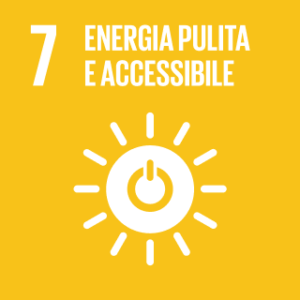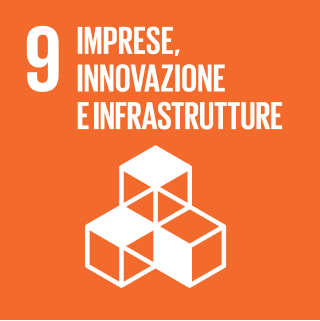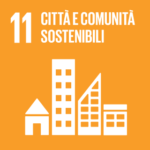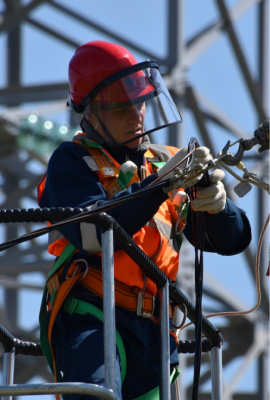Action: Energy
With a building stock of about 290,000 square metres in about 150 buildings, and with about 50,000 users, the University of Pisa is characterised by significant energy consumption related mainly to heating, cooling, ventilation, lighting, powering users’ devices, powering research and teaching equipment, and consumption related to digital infrastructures. Consumption, measured for homogeneity between carriers in tonnes of oil equivalent (toe), has fluctuated between 6,000 and 7,000 toe since 2015. Since 2007, the University has appointed an Energy Manager for the rational use of energy, which is compulsory under Law 10/91, Art. 19, for public bodies with consumption greater than 1,000 toe per year.


University buildings and particularly those more ancient are a major source of energy consumption. To make our structures less energy-intensive and more sustainable, both maintenance on the existing buildings and a different approach in the construction of new buildings are needed.
With the adoption, in 2017, of the Building Plan, the University of Pisa has equipped itself with an ambitious project also with regard to the sustainability of its building stock.
Sustainable architecture, the use of materials selected for their excellent energy performance, durability over time, and end-of-life recyclability, the adoption of technical solutions to mitigate radiation, the installation of high-performance systems, and energy provided by renewable sources, are the guidelines for our work both in the redevelopment of the huge existing building stock and in new construction interventions. Some examples are the interventions for the installation of photovoltaic systems on existing buildings, the new works such as the centre of “S. Rossore”, which has been realised by redeveloping an urban area that once housed the former “Guidotti pharmaceutical laboratories,” the new educational centre of the Department of Engineering and the completion of the Veterinary Clinic whose construction has just begun, and the new centre of the Department of Biology whose work is scheduled to start in 2024.
The commitment to sustainable building is measured every day in many large or small interventions. To find out more about the University’s energy policy, see the Energy Manager’s page.
In addition to complying with the minimum energy requirements for the numerous building and plant-engineering works in place, the University is committed to proposing energy efficiency and rationalisation measures in the various facilities serving the buildings, to monitoring and analysing consumption, to constructing new photovoltaic systems, to raising user awareness of more responsible and virtuous behaviour, and to offsetting emissions through the purchase of electricity with a guarantee of origin from renewable sources.
Sustainable Development Goals (SDG)
“Every action for sustainability undertaken by the University of Pisa aligns with one or more goals of the United Nations’ 2030 Agenda for Sustainable Development. The following objectives are involved in this action:





Charging of this action
The University of Pisa’s Commission for Sustainable Development (CoSA) coordinates the sustainability initiatives, and this action is monitored by the following members:






